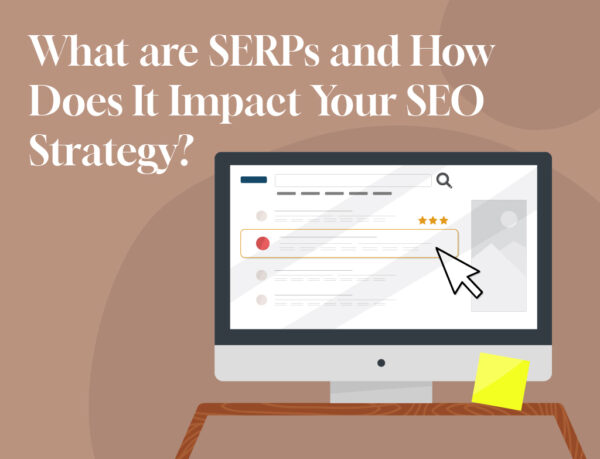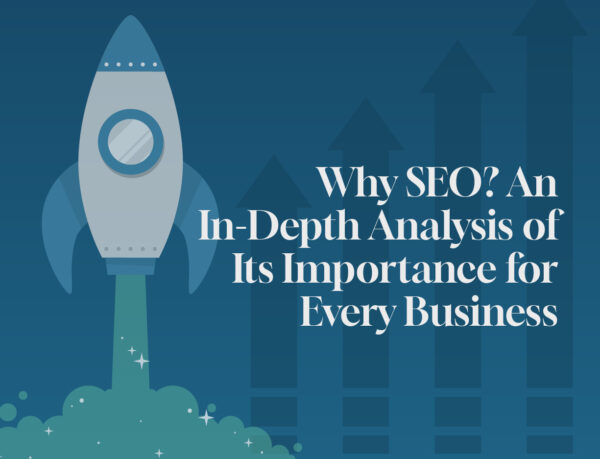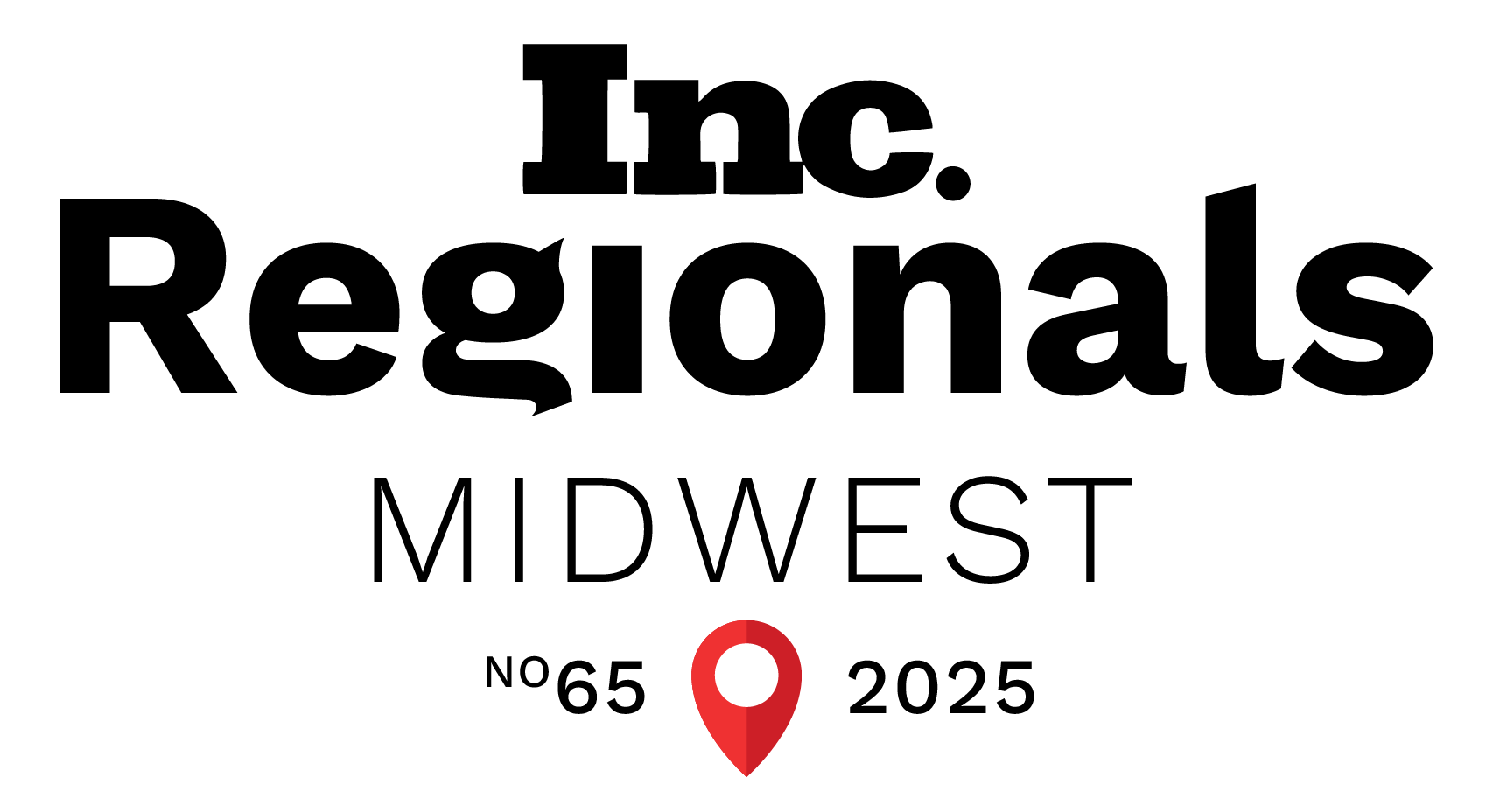Why Content Marketing Works

In This Article
What is the first thing that pops into your head when you think of content marketing? It may be blogs and newsletters. You may also think of content creation in the form of social media platforms such as Instagram or Twitter. Maybe you immediately think of an advertisement that got your attention. If you thought of any of these examples or more, well, you would be correct!
Content marketing has been around for a long time. How? It’s simple. Content marketing, when broken down, is storytelling in many different forms, and we’ve been storytelling since the beginning of time.
What is Content Marketing?
Content marketing can be identified as any content created for a target audience. Content used in marketing will likely be part of different campaigns but should always be organized under a content marketing strategy.
Let’s break these two terms down and get an idea of what target audiences and strategies are for content marketing.
Target Audience
Your target audience is the people who you want to attract to your content. You are essentially creating content for your audience that is laser-focused on addressing their interests and potential challenges. Yes, your content represents who you are (it is, of course, your language), but it is the recipients of that content that drive attraction, sales, and traffic to your company. Who you talk to is important, and knowing what to say to the people receiving your content has the power to make or break a connection.
Content Marketing Strategy
Great, now you know who you want to reach out to! (If you don’t know your target audience yet, not to worry. Our team can help you come up with who can best use your products or services). Here comes your content marketing strategy, which is how you are going to communicate with your audience. Think of content marketing as initiating and continuing a conversation. Your content marketing strategy needs to include strategic, intentional ways on how to communicate with your audience. Long story short, your content marketing strategy is organizing a plan on how you are going to tell and show your story.
Now that we know a little more about the basics of content marketing, let’s go over the practical applications. What does content marketing actually look like? Types of content marketing include (but aren’t limited to):
- Newspaper articles and advertisements
- Videos
- TV commercials
- Social media posts
- Blogs
- Case studies
- Infographics
With these examples in mind, consider that your content strategy should include identifying which type of content appeals to your target audience. If you are trying to reach a community that isn’t very active on Twitter, you will want to consider using another social media platform to focus your efforts on where your target audience greater presence. That’s just one example of a plethora of options when making a social media content strategy.
Content marketing is, in essence, channeling your voice and brand onto a variety of platforms to have a conversation. Having strong content via content marketing will produce a healthy, growing relationship with the people that become your most trusting and long-term customers.
When Content Marketing Works
One of the best places to start with content is deciding which type is most appealing to your target audience. This can be challenging, but before you begin sharing content, you should know what your audience is looking for and what the best type of content is that appeals to them.
Content can be divided into two categories: informational content and decision making or transactional content.
Informational content educates your audience on products and/or services you’re selling. This type of content should address challenges or problems that your target audiences face and prove that your brand’s services or products might be the solution they are looking for. Informational content can be broad or specific. Broad informational content includes telling your audience who you are as a whole. Specific content is about a single product or service.
Decision-making or transactional content aims to influence the audience’s decision leading up to the transaction. This type of content marketing should persuade your target audience by highlighting features that set you apart from competitors. This is where the power of your branding comes into play. Content marketing can and should be used to show off who you are as an individual company. You have competitors who have the same target audience. When producing your content, ask yourself some of these questions:
- What makes me different than my competitors?
- Are my differences known by my audience?
- What can we offer that our competitors can’t?
- How can I relate to my audience?
- Why should my audience have my product?
Once you’ve identified your target audience and their preferred content type, you can start developing and publishing content.
When It Doesn’t…
With everything and anything, if done wrong, your processes may not be successful and your goals may not be reached. If you’ve implemented a content marketing strategy but have not seen success, it may be due to one of the following reasons.
Poor execution
A poorly executed content strategy simply will not flourish. Your content marketing strategy should be led by data. Data includes search engine optimized (SEO) keyword research, and competitor research. Writing without research won’t get the job done. You should never assume that your audience will respond to a piece of content. Analytical data is there for a reason; utilize it to maximize the quality of your content.
Unrealistic expectations
Setting honest and reachable expectations within your content strategy is important. Content marketing results may not depend on one form of content, but rather will rely on several types to drive traffic and result in success.
Impractical timeline
All good things take time, and content marketing is no different. Do you post a blog on your website and hope to see leads overnight? That’s not going to happen. Setting a practical timeline from the get-go will allow you to understand that seeing results can take months. Luckily, with a strategy backed by SEO, the timeline for conversion and leads can become a bit clearer.
Proving Content Marketing’s Worth
If you haven’t seen the benefits of content marketing firsthand, you may need to rethink your strategy. However, when done right, content marketing proves itself time and time again. Content marketing is the driving force of communication. When paired with Search Engine Optimization services, graphic design services, and a whole lot of strategy development, you will see that the content you produce will bring people to whatever platform you are creating on.
If you are struggling to see growth after producing content, there’s no need to worry. Metric Marketing’s digital marketing and content team are here to help. If you are ready to take the leap into building your content marketing strategy, reach out to us! We look forward to creating with you.
Must-read articles
Looking for something else?
There's so much more
Ready to Inquire?














